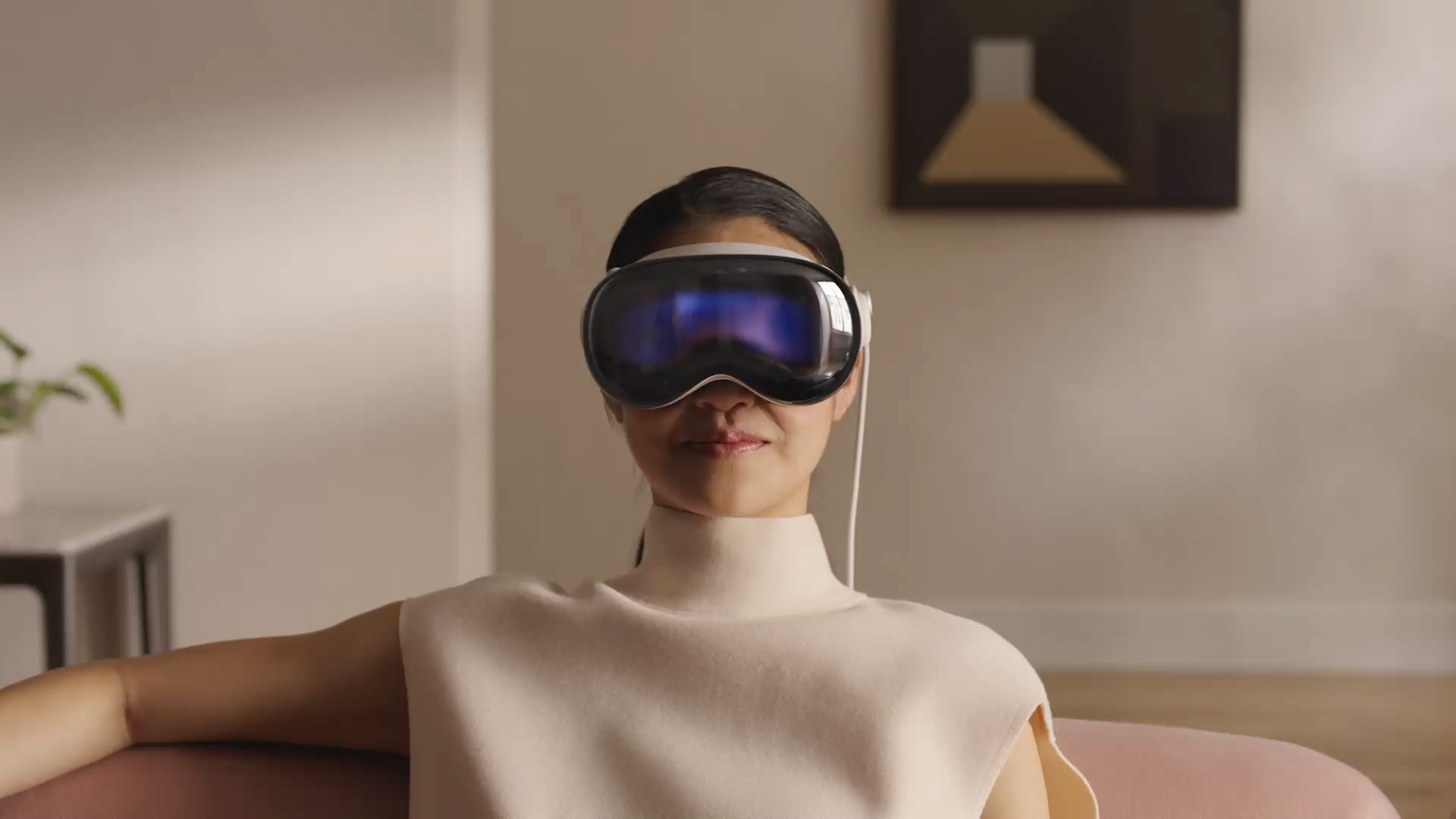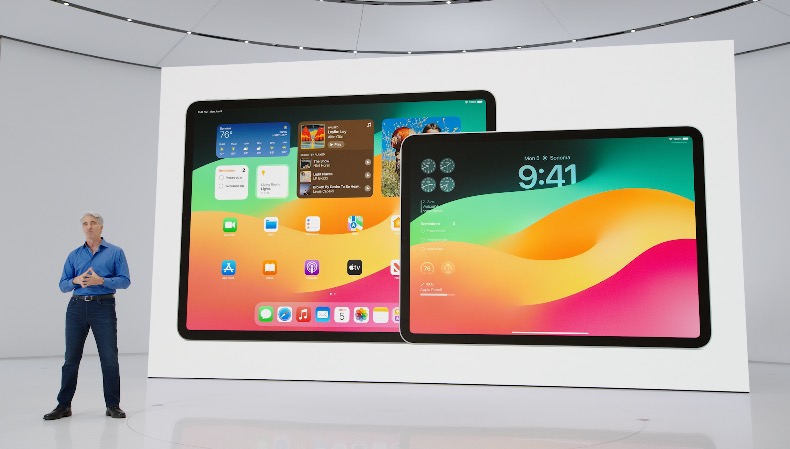
Apple’s Mixed Reality Headset Could Cost Over $2,000 USD: Bloomberg
Apple’s upcoming mixed reality headset could cost over $2,000 USD.

According to a new report from Bloomberg, the headset is set to offer similar performance to Apple’s M1 Pro chip, which will go a long way to boosting the headset’s graphical performance. However, it may cost in excess of $2,000, which makes the thing significantly less appealing.
This pricing news isn’t a huge surprise, however. Last February, it was reported that the headset could cost as much as $3,000 USD, while Ming-Chi Kuo predicted a price tag of around $1,000 — the same as an iPhone 13 Pro.
“Apple typically charges a bit more than its competitors for products, locking in margins that have helped it become one of the most profitable consumer-electronics companies ever,” writes Mark Gurman. “The new headset won’t be an exception, but the main reason why the company has discussed price points above $2,000 [USD] is because of some of its internal technologies.”
One of the reasons is that the headset is expected to be powered by the MacBook Pro’s Apple M1 Pro processor, with Gurman saying:
I’d expect two processors inside of the device, including one on par with the M1 Pro in the MacBook Pro. Combine that with multiple displays—including super-high-resolution 8K panels—an interchangeable prescription lens option and advanced audio technology, and the costs add up. And don’t forget seven years of internal development expenses that need to be recouped. (…) My belief is that the chip inside the Apple headset will be on par with the M1 Pro, making it better than the M1. The main reason for going with an M1 Pro over an M1 isn’t CPU speeds. It’s the need for more advanced graphics. As you may know, the M1 has an eight-core GPU, whereas the M1 Pro has 14 to 16 graphics cores.
Gurman, as well as other industry analysts like Minch-Chi Kuo, note that Apple’s AR/VR headset is likely to focus on gaming, media consumption, and communication:
Gaming should be a strong focus of the machine, especially given that it will have multiple processors, a fan, extremely high-resolution displays and its own App Store. Look for Apple to position the device as a dream for game developers. Next, media consumption. I expect Apple to work with media partners to create content that can be watched in VR on the device. Third, communications. Look for Animojis and a VR FaceTime-like experience to be the new-age Zoom.
Gurman also posits a few names for Apple’s AR/VR headset in his newsletter:
- Apple Vision: I think Apple Vision could be the most realistic name for the headset. The vision name sounds futuristic, doesn’t reference any particular technology or feature, has an optimistic vibe, and doesn’t box the product into anything other than being a new visual medium.
- Apple Reality: This was my initial guess on what Apple might call its headset, and it still makes a lot of sense to me. Virtual and augmented reality are the core technologies used in the headset, and Reality alludes to the likely name of the rOS operating system destined for the device. The word itself is also understandable and broad. Further, the name could work for both the company’s first headset and stand-alone AR glasses coming later this decade. Apple could call its first headset the “Apple Reality” and then name the glasses the “Apple Reality Glasses.”
- Apple Sight/iSight: The first thing I think of with the name Apple Sight is, of course, the iSight Apple video chat camera from 15 years ago. I owned one, and it was probably the coolest-looking video chat camera ever made. Apple has moved away from using “i” in new products, so just Apple Sight is a possibility. It’s not my personal favorite, though, and I think it’s unlikely.
Read the entire newsletter over at Bloomberg.

